17 Ideas for Lowering Your Heating Costs in the Winter
On a cold winter’s day, you love the idea of staying indoors, comfortable and cozy thanks to your home’s heater. Then you get the heating bill or find that you need to schedule a heating oil delivery sooner than you expected. Home heating is typically one of the most significant utility expenses you face as a homeowner. Heat often makes up more than 40% of a utility bill.
Fortunately, your choices in the winter are not to pay a high utility bill or shiver the nights away. There are things you can do to reduce the amount of heating fuel your household uses, improve the efficiency of your heating system and save money on heat. It helps to understand what affects your heating costs per month and the options available to you to reduce your bills.
Why Is My Heating Bill So High in the Winter?
Your home’s condition, the state of your HVAC system or furnace and your own habits can all affect your heating bill.
Depending on your approach to heating, you might be using more energy than you need. For example, if your approach to your home’s thermostat is to “set it and forget it,” your home might be warmer than it needs to be when no one is home or when everyone is asleep. If you and your family members like to wear short sleeves or shorts around the house, rather than long sleeves and pants, you might need to keep your home warmer than the average person, leading to higher heating bills.
The state of your home might also affect your heating bills. If your house does not have insulation, you might experience heat loss. The same is true if you have poorly sealed windows or doors or if there are air leaks around your power outlets or fireplace.
Finally, the condition and age of your heating system can make your energy bill go up. An older heating system is likely to use more fuel and energy than a newer system or a system that’s designed to be energy efficient. Energy efficiency is measured by annual fuel utilization efficiency (AFUE). The higher the AFUE, the more efficient a system is. Older furnaces typically have an AFUE below 70%, while newer, high-efficiency models often have an AFUE above 90%.
If you want to save money on heat, it helps to take a systematic approach and to find ways to prevent heat loss, develop energy-saving habits and improve the condition of your home’s heating system.
Common Areas of Heat Loss in a House
One way to reduce your heating bill is to know how to detect and how to prevent heat loss in a house. Since your home is not air-tight, warm air can seep out through small crevices or cracks. In some cases, cold outdoor air can also get into your home through crevices and cracks. Up to one-quarter of your home’s heat can be lost through small openings.
Some of the areas in your house that are most likely to experience heat loss include:

Windows
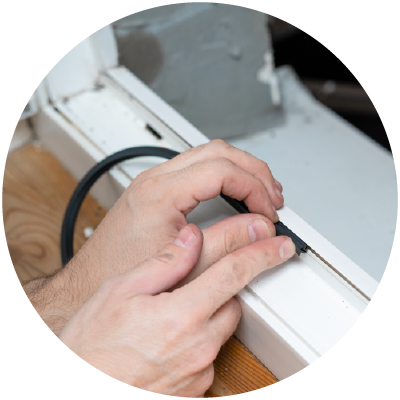
Doors
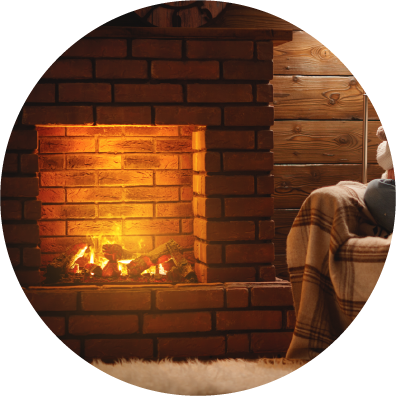
Fireplaces

Roof
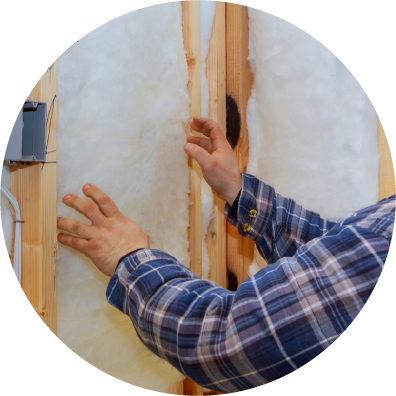
Walls
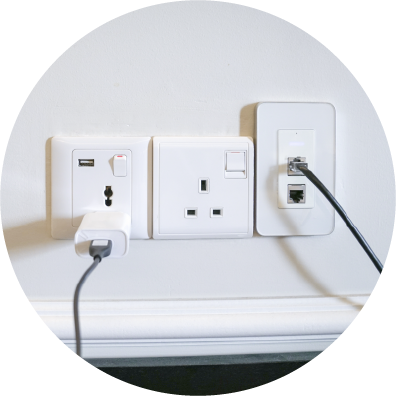
Power outlets
10 Free Ways to Save on Heating During the Winter
You might have heard that you sometimes need to spend money to save money. The good news is that when it comes to ways to save on heating, you often do not have to spend any money at all. There are several free things you can do to help lower your bill.

1. Bundle Up
The more clothing you wear in the winter, the less you need to crank up the heat in your home. Depending on your tolerance for cold, you might notice a difference in your comfort levels if you put on a sweater over a short-sleeved shirt or switch to wearing pants made from a more substantial material, such as denim or wool. It is also a good idea not to go around the house barefoot during the winter. A pair of cozy socks will warm up your feet and keep the rest of your body warm, too.
When you are lounging around the house at night, watching television or reading a book, curl up under a blanket to keep warm without turning up the heat. It is also a good idea to put an extra blanket or two on your bed so that you can comfortably turn your thermostat down while you sleep.
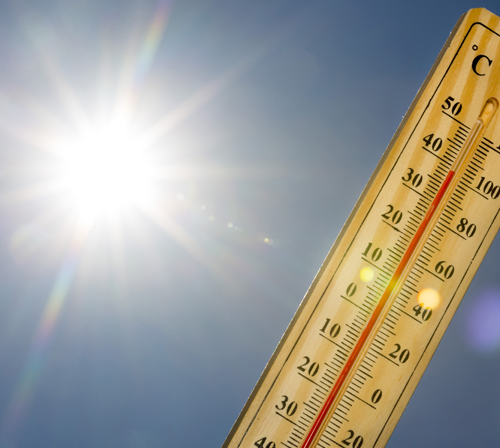
2. Let the Sun Heat Things Up
You might see less of the sun during the winter, but it is not gone entirely. You can use the heat from the sun's rays to help warm your home during the day time. If you have shades, blinds or curtains, open them up on sunny days to take advantage of sunlight's warmth. Close the curtains or blinds at night to provide another layer of insulation against the windows.
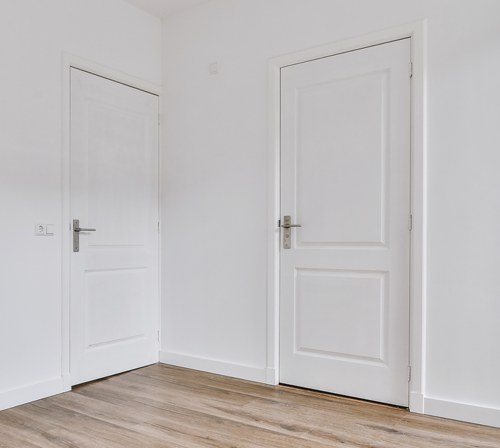
3. Close off Unused Rooms
Depending on the size of your home and how many people live in it, you might have some extra rooms that you hardly or never use. There is no need to heat the unused areas of your home. To save money on your heating bill, close the door to any areas you do not use regularly.
You might also want to close any vents in the rooms you do not use, so that warm air from the ducts does not travel to them. To effectively seal off those rooms, tuck a towel or draft blocker at the base of the door.
A quick word of caution: Do not let unused rooms get too cold, especially if water pipes are located in the walls. While you do not need to heat the rooms you are not using to 68 degrees, you also do not want them to get colder than approximately 40 degrees so your pipes do not freeze.

4. Cook or Bake at Home
During the winter, you might find that you prefer to eat warm, comforting foods like soups, stews and roasts. You might also find yourself baking more than you do in the summer. Not only will baking or cooking meals at home help you save on restaurant bills and grocery costs, but it will also help to lower your heating bill. The heat from the stove or oven will help to warm up your kitchen.
When you are finished baking, switch off the oven and leave the door open slightly, so that the warm air can escape and heat your kitchen.

5. Turn the Thermostat Down
Adjusting your thermostat can lead to a dramatic drop in your heating bills. Lowering the thermostat by up to 10 degrees can help you save up to 10% annually on heating.
Some of the best times to turn down your thermostat are bedtime and before you leave for work in the morning. To save money on heating costs try sleeping with the temperature set around 63 degrees Fahrenheit. When you leave for work, you might want to lower the heat to 63 or even cooler, as long as no one will be home during the day.
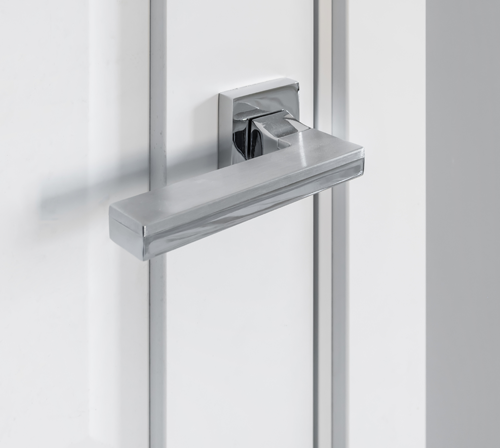
6. Make Sure Doors and Windows Are Closed Tightly
Your home might lose heat through windows and doors, especially if those openings aren't sealed tightly. At the beginning of the winter, it is a good idea to go around to all of the windows and doors in your home and test them for air leaks. You might feel cool air seeping in along the sides of the windows or the bottom of doors.
In the case of windows, a quick way to close them tightly is to lock them. Not only will locking the windows help to create a better seal, but it will also help to make your home a bit more secure.
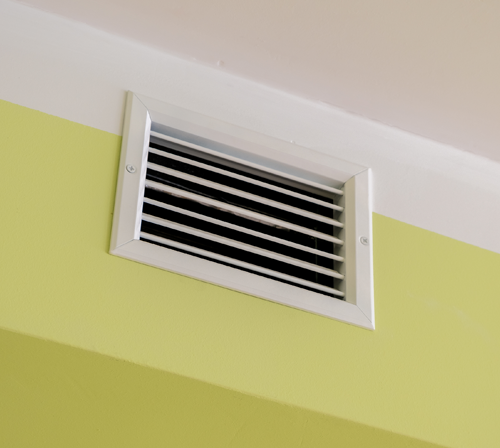
7. Keep Heat From Escaping From Your Ducts
The ducts in your home can be a source of heat loss, especially if they are in uninsulated areas, such as the attic, basement or garage.
Sealing your ducts around the joints can help to keep warm air from seeping out. You can use foil tape or mastic sealant to seal the ducts.
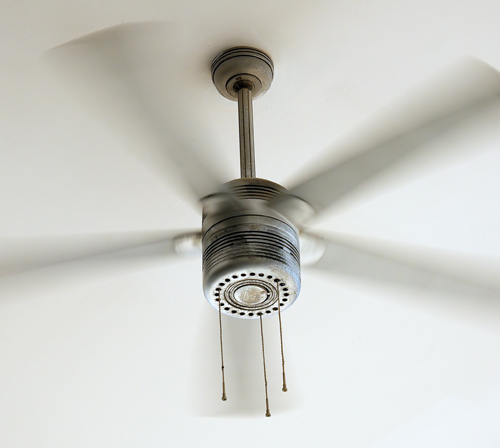
8. Use Ceiling Fans
If you have ceiling fans in any of the rooms in your home, you can use them during the colder months of the year to help distribute warm air and lower your heating bill. Reverse the fans so that the blades turn clockwise during the winter. There should be a small switch at the base of the fan.
The clockwise direction of the blades should pull air upward, so that warm air that's trapped up near the ceiling travels down the walls and around the room. To see if the blades of the fan are spinning the correct direction, stand beneath it. You should not be able to feel air blowing down on you.
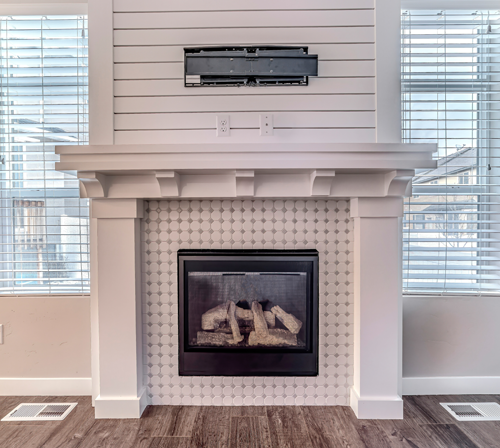
9. Rearrange Your Furniture
Giving the rooms of your home a new look can have more than aesthetic benefits. Moving furniture around can also help to improve the airflow in a room, meaning the heat from the vents is distributed better.
If you have couches, beds or bookcases placed in front of the heating vents in a room, the furniture pieces are blocking the flow of air. Move furniture away from vents so that the heat can travel freely. It is a good idea to keep furniture at least a few feet away from any vents.

10. Sign up for MEAP (Maryland Energy Assistance Program)
Depending on your household income and family size, you might qualify for a low-income home energy assistance program to help cover your heating and energy costs. You might also qualify for assistance when you are facing an energy crisis.
In Maryland, the energy assistance program is called the Maryland Energy Assistance Program (MEAP). If you apply and are accepted into the program, MEAP will make payments directly to your energy company.
7 Inexpensive Ways to Lower Your Heating Bill
Although the best things are often free, there are also low-cost or affordable things you can do to reduce your home’s heating bills during the winter.

1. Get an Energy Audit
A home energy audit will show you the areas in your house where you are losing heat and will tell you precisely what you need to do to save money on your energy bills. While you can conduct an energy audit yourself, you might find it worthwhile to hire a professional to do the audit for you. A professional will often have more tools and equipment to get a better idea of the specific areas of concern in your home. They might also be able to put energy-saving measures into place immediately after the audit. If you are not sure who to work with for an energy audit, your local electric company can provide you with a referral.
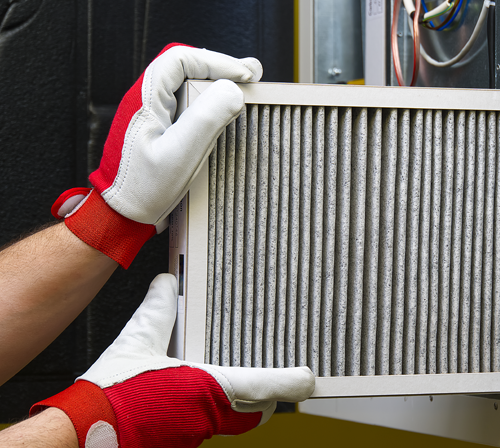
2. Change Your Filters
If you have a forced-air heating system, there is likely a filter in the furnace that traps dust, pet hair and other small particles. As you use your heating system in the winter, the filter can get pretty dirty, which can affect your heating system's efficiency. At the very least, you want to replace the filter at the beginning of the season to help your furnace work better. If you have pets, it can be a good idea to replace the filter more often, such as once a month.
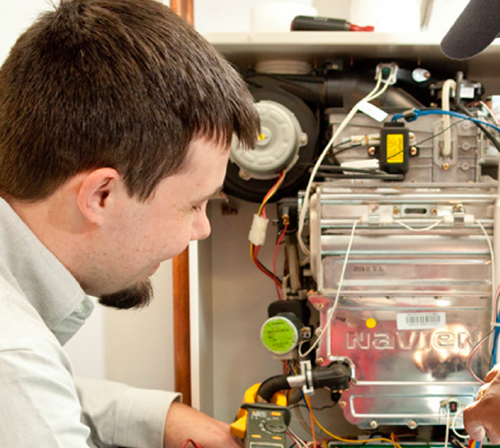
3. Service Your Heating Systems
Regular servicing of your heating system will help it work efficiently, saving you money on your heating bills and requiring less heating fuel. It can be a good idea to sign up for a service agreement for your heating system. The agreement will include an annual tune-up and maintenance inspection of your home's heater. The tune-up will keep your heating system functioning at its best.
Regular inspection of your system also means you are more likely to catch small issues early and fix them before they need more extensive repairs or even replacement.

4. Install a Smart Thermostat
If you want to take things to the next level and have some money in your budget to spend, you might consider installing a smart thermostat at home. A smart thermostat learns your preferences and begins to adjust the temperature in your home for you based on when you are home or when you are in bed. Instead of having to remember to turn down the thermostat at night, you can be assured that it will lower the temperature for you.
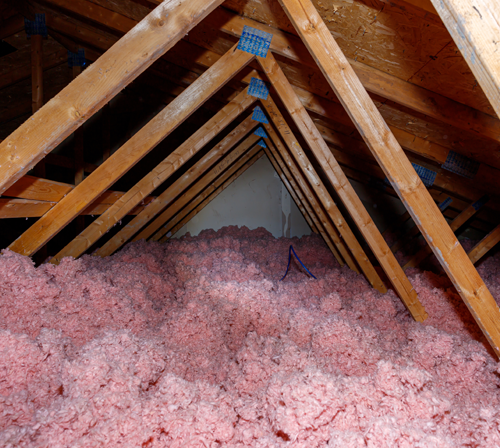
5. Add Insulation
Adding insulation to the walls and attic of your home can help to lower your heating costs each month by reducing the percentage of heat loss through the roof and walls. How much insulation you need depends on the location of your home and the place of the insulation. For example, in Maryland, ceiling insulation should have an R-value of at least R-49.
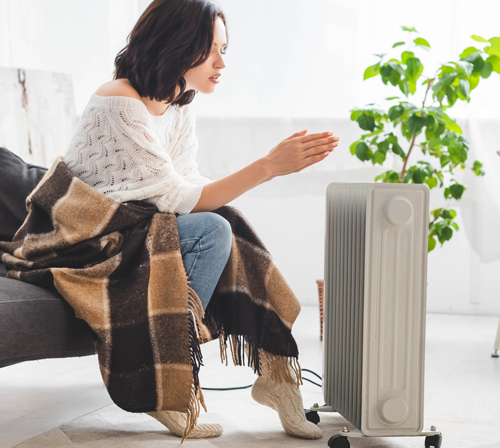
6. Use Space Heaters and Humidifiers
In some cases, you might want to supplement the heat from your home's central heating system to warm up areas of the house you're actively using without warming up empty rooms. If you spend all your time in one room, you might use a space heater in that room to keep it warm while keeping the thermostat on your HVAC system set to a low temperature.
Another low-cost way to hack your home's heating system is to use a humidifier. Humid air feels warmer than dry air, even if the temperature is the same. Running a small humidifier in the rooms you use most can help improve your comfort level without increasing your heating bills.

7. Replace Your HVAC System
The older your heating system is, the less efficient it is going to be. Depending on the age of your furnace or another heating system, the best thing to do might be to replace it with a high-efficiency model. You will have to pay for the cost of the replacement but will end up paying less for fuel or energy over time. SMO Energy offers convenient financing options to make getting new heating equipment more affordable.
